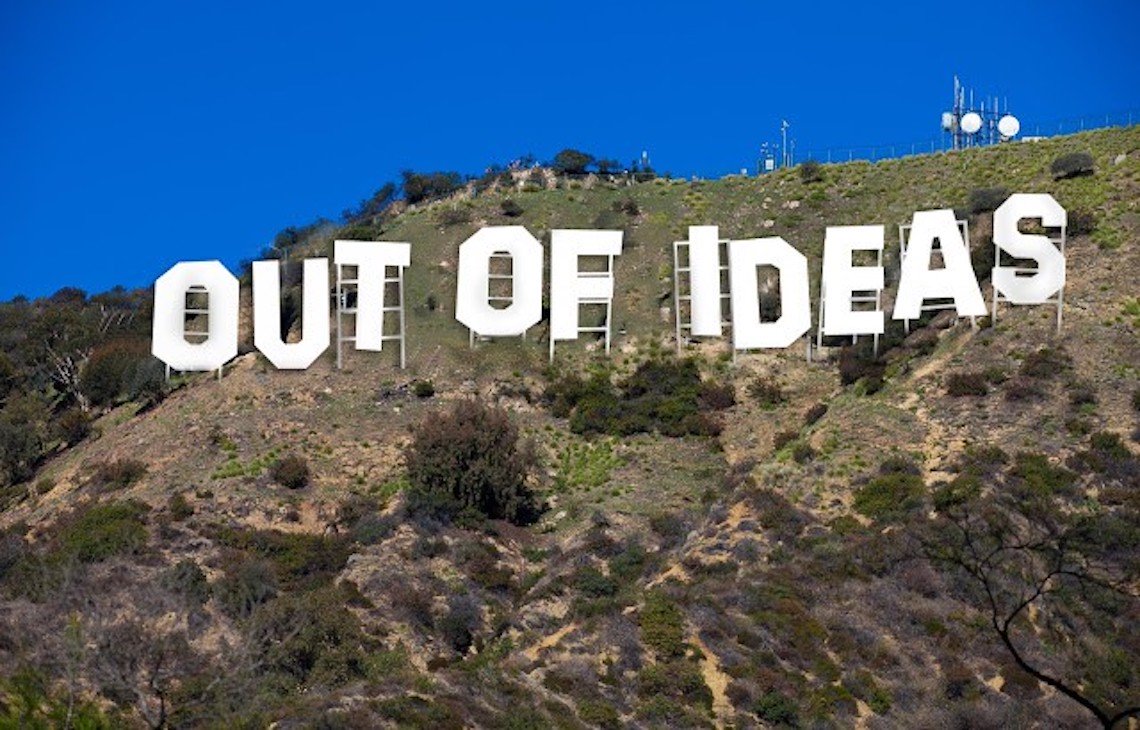I’m sure we all must have seen a remake at least once in our life. Some of them we probably enjoyed and thought that they added a new value to the franchise while others we probably detested and found them to be an insult to the original. No matter how hard you try to look away, you always end up stumbling upon a new remake or live-action movie advertised all over the city and the internet. Whether you’ve seen it at the cinema and formed your own opinion or heard about it on the social media platforms matters not as there always seem to be a controversy accompanying these films. Some fans find themselves divided and loudly express their discontentment, yet others, usually those of younger age, seem to rather like it.
The main question is not whether these readaptations are good or bad, mainly because such conclusions are purely based on personal preference and tend to vary between each one of us. Instead, what I deem to be more worthy of our attention is to what extend remakes represent an opportunity to reinvent or expand our cultural references. Are they the sign of a lack of inspiration or do they offer a new way of creation? Are there any hidden meanings behind these films? And finally, can we consider this golden age of remakes as a by-product of our modernized way of consuming images?
Remakes are not a new phenomenon in cinema and yet they managed to find their posthumous glory in our present times. Whether it’s films or television series, they all seem to be getting their remake and their sequel and, why not, their prequel too, with Hollywood paving the way. It is quite impressive when you see how much time and money are invested in these films in order to make them as spectacular as they can be. What’s also remarkable notably is the amount of effort is being put to advertising and promoting them. Maybe it’s to recompensate the originality these films are lacking, who knows? One thing is certain: extravagance is the name of the game.
Films, like any other form of art, are more than just fruits of creativity. They are elaborate products of both cultural and economic nature closely tied to the collective human consciousness and the global market. They embody an ideology, an intention, a set of moral codes and an enshrined view vis-à-vis the world. What interests me in this assessment is the inevitable connection between the spring of remakes and our modern-day life. What drives these producers and filmmakers to recreate films that have already been made and have already established a fanbase around it? Is it purely out of commercial interests? Or is there an ulterior motive to reinvent pop culture? Messing with films that people grew up with surely makes them more open to criticism and debate.
It’s no secret that the arts have fallen victims of the authority of the market. If it doesn’t sell, it’s worthless and who are we to blame them? There is a lot of money at stake and it’s naive for one to think films are made out of pure benevolence. They want money and the easiest way to succeed is to invest in something that’s already been consumed by the masses and is critically acclaimed. It’s a risk-free decision! Nevertheless, the market is there to satisfy the demands of the public. It’s the response to a prayer. Does this mean that studios deliver us what we demand, or do they make those films as a last resort? The ever-growing list of remakes over this past decade makes one wonder. Of course, there are filmmakers out there who are still committed to their craft by delivering their artistic vision through their work but unfortunately, they end up being overshadowed by the big blockbusters films that dominate the cinema theatres.
Could we consider that this golden age of remakes is a reaction to the degenerating interest for old classic films? A lot of younger people find a black and white films to be too archaic and too poor for their visual taste. They watch a silent film in complete shock and utter disdain, as they find themselves unable to concentrate on the action due to the absence of dialogues. It might surprise some, but these films were considered magical at the time of their release. People were so unfamiliar with that type of technology that they believed it must have been sorcery. In today’s standard of course, they are considered to be nothing more than palaeolithic artifacts. Their artistic value is being somehow shunned by their technological circumstance whereas in our present times, the former is retrospectively measured by the latter.
The First French New Wave was the golden age of realism, a post-war movement in which filmmakers sought to contemplate the human condition by questioning reality itself. Today we are heading towards a golden age of hyperrealism where the visual representation surpasses the reality it represents and becomes its own reality. Remakes are emblematic of this precise phenomenon of appropriation. They are nothing more than a reflection of a reflection. By remakes, we could include sequels and prequels too as they are considered adaptations, whether it’s based on a novel or another film, it still operates under the same principles of hyperrealism.
We have become so used to the perfect illusion contemporary films provide that anything less seems unworthy of our time. Our eyes crave for stimulation and this is not exclusive to the filmic experience but expands to our everyday life. The method in which we consume images has radically changed over these last twenty years. We absorb images at a much higher speed in order to cope with their increasingly intrusive presence in our daily life. Naturally, our empirical exigencies, that is, what we search in an image and how we ‘judge a book by its cover’, have become more capriciously demanding but also more prone to dissatisfaction when the expectation is not met. This perfectly explains the obsession we have adopted as spectators with action films: they provide an overstimulus to the brain that make it easier to emerge in the action and harder to reflect on what’s happening. The meaningful narration has been thus, reduced to a meaningful action because it’s much more stimulating aesthetically. Hence the importance given to the special effects. In fact, this renaissance of remakes could have not taken place without the advancement of technology.
Digital forms of creation have become quite common in the modern filmmaking process. From changing minute details of the actor’s face to reconstructing a whole scenery from scratch, this new amplifying mechanism makes the impossible possible and it’s held to such reverence as the montage was held by the filmmakers back in the early days of cinema. The great difference between them, however, resides in their dynamic with the audience: the latter actively suggests though mental faculties whereas the former passively impose itself onto the spectator though visual faculties. But what exactly does it seek to impose? To answer this question, we must first ask ourselves another question: What distinguishes the remake from the original adaptation besides the visual enhancement?
No one can deny that with every generation a new morality and a new attitude towards life emerges. What was acceptable back in the 20th century may not be socially acceptable today and vice versa. Every generation has its proper code that’s both linguistic and cultural at the same time and this code is heavily influenced by social progress who constantly redefine the norms of our society. It seems however that diversity is the enemy of today’s mainstream cinema. In their attempt to extend their audience to include almost everyone and ultimately, assure the financial success of the film, filmmakers and studios are forced to create a non-provocative, non-offensive and completely uniform product that will inevitably limit the spectators’ critical thinking by giving more emphasis to the elements of divertissement. If we were to compare the original work and the remake, we would undoubtedly notice a difference between the moral ambience and the complexity of character who are often reduced to stereotypes and caricatures of their own references. In fact, there’s an omnipotence of references throughout the whole film but the aesthetics and the action are there to convince you that it is the original film.
Remakes are a socio-economic, ideological and technological movement of our times. It’s as much a product as it is a reflection of our society and our mode of life. They offer an opportunity to reinvent and reimagine worlds that weren’t able to reach their full potential due to the lack of technological means but of course, at the cost of originality and artistic value.
‘The Age of Remakes’ is an article written by Matt Marangos. You can find more information about Matt on his Website.

